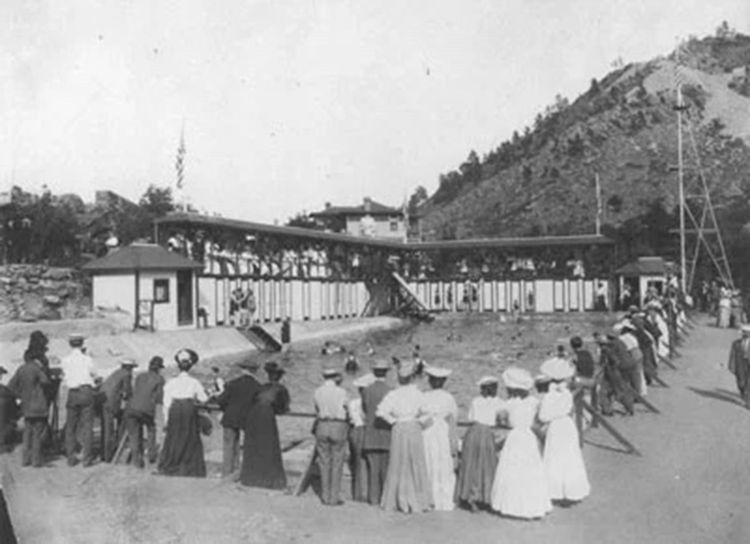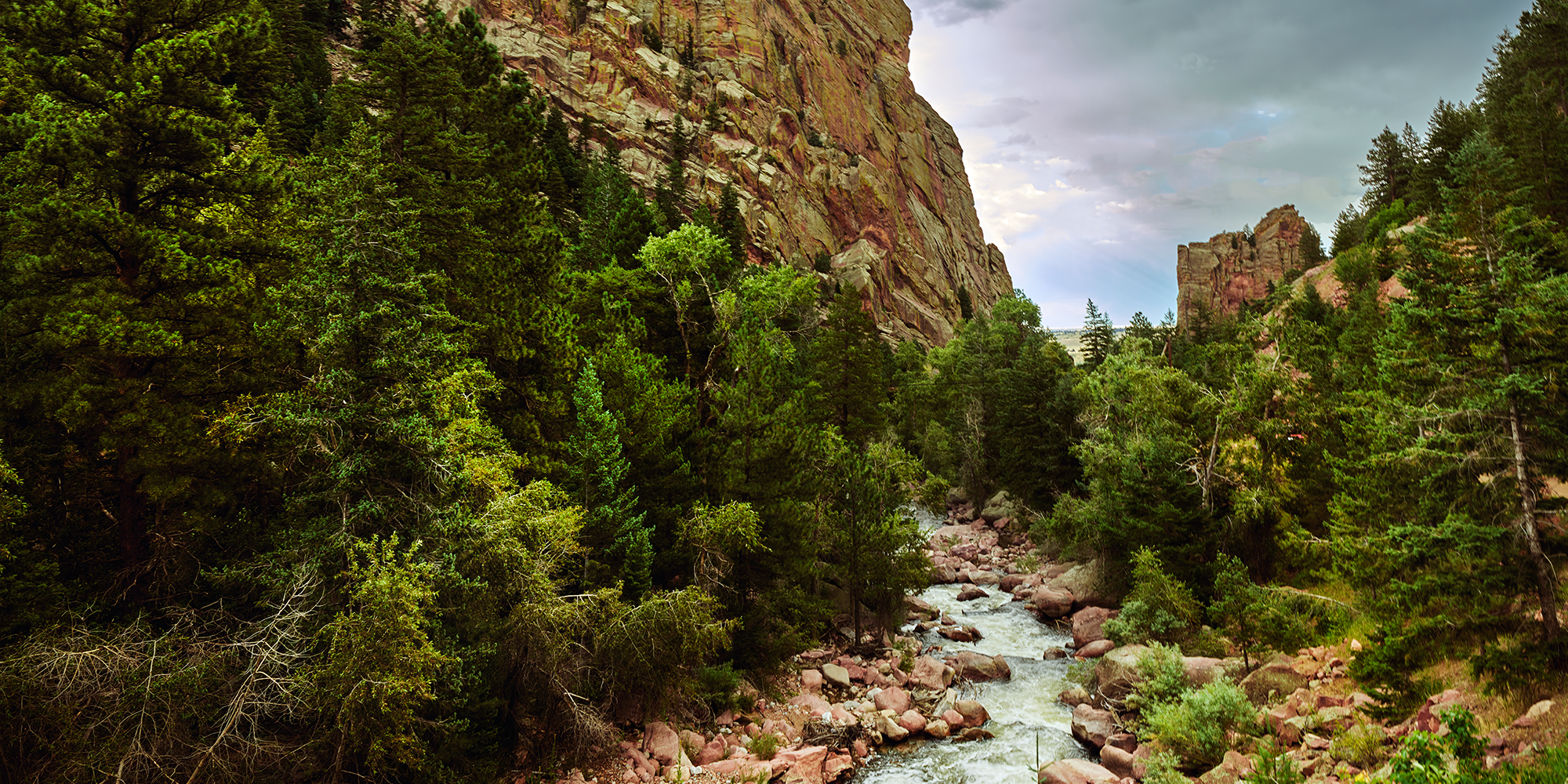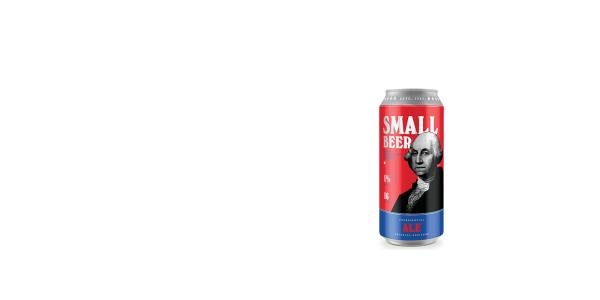 Less than eight miles south of CU Boulder, off of Hwy. 93 and up the scenic Eldorado Canyon, one of Colorado’s busiest state parks welcomes visitors of all kinds. Steep Canyon walls lure rock climbers. Fish are plentiful. Scenic hiking trails are accessible year round.
Less than eight miles south of CU Boulder, off of Hwy. 93 and up the scenic Eldorado Canyon, one of Colorado’s busiest state parks welcomes visitors of all kinds. Steep Canyon walls lure rock climbers. Fish are plentiful. Scenic hiking trails are accessible year round.
But perhaps the area’s best highlights one often unnoticed — an aquifer thousands of feet below the Flatirons, releasing naturally filtered water through an artesian spring.
For nearly 40 years, CU alumni have helped maintain the purity of the spring’s water and have sold millions of gallons of water to local and national customers through the bottled water company Eldorado Artesian Springs.
“We regard our company as guardians of the spring,” said Doug Larson (Fin’78), who founded the business with friends Jeremy Martin (IntlBus’77) — whom he's known since middle school — and Kevin Sipple (Psych’77), whom he met in highschool. “The water is truly special.”
The Place to Go
In the early 1900s, this spring water fueled entertainment. A resort opened in the canyon on July 4, 1905, with a gigantic spring-fed swimming pool. The area — accessible only by train or horseback — gained popularity and was coined the “Coney Island of the West.” Word grew about the resort’s carnival games, dancing, roller skating and swimming.
Starting in 1906, renowned hot air balloonist Ivy Baldwin walked across Eldorado Canyon on a tightrope suspended about 600 feet above the ground — and became a visitor highlight, completing the feat 86 times over 40 years. Ten years later the future president and first lady, Dwight and Mamie Eisenhower, honeymooned in one of the on-site cabins. Other politicians and celebrities, including world heavyweight champion Jack Dempsey, frequented the resort.
 “It was the place to go,” said Jeremy Martin, who has a 1920s photo depicting gleeful swimmers at the spring-fed pool hanging in his Boulder home.
“It was the place to go,” said Jeremy Martin, who has a 1920s photo depicting gleeful swimmers at the spring-fed pool hanging in his Boulder home.
In the years following, resort ownership traded hands, priorities shifted and activities dwindled. When the Great Depression hit, attendance plummeted. In the late 1930s, a fire burned the hotel,and a flood caused part of the ballroom to collapse.
In the 1940s, Jack Fowler, whose family was among the original owners, started packaging and distributing water from the canyon spring. A small following ensued, but the resort remained a shadow of its former glory.
In 1978, the State of Colorado purchased more than 400 acres from theresort to establish Eldorado Canyon State Park. Day-trippers began frequenting the area.
Eldorado Springs hummed with life again. And the CU alumni were about to offer more.
Water as a Business
 In the early 1980s, Larson, Martin and Sipple — all in their late twenties — hoped to start a company in health and wellness. Martin had signed up for water delivery with Deep Rock, one of Eldorado Artesian Springs’ future competitors, and it spurred the trio to pursue selling bottled water. While searching for local water sources, they discovered Eldorado.
In the early 1980s, Larson, Martin and Sipple — all in their late twenties — hoped to start a company in health and wellness. Martin had signed up for water delivery with Deep Rock, one of Eldorado Artesian Springs’ future competitors, and it spurred the trio to pursue selling bottled water. While searching for local water sources, they discovered Eldorado.
“I learned to swim in the resort pool when I was five years old,” said Larson. “Upon investigating, we found that the quality of the spring water was one of the best-known worldwide, so we decided to take a deeper dive.”
The 46-acre property was in poor condition, but a year later, a lease became available. Still seeing potential, the trio moved to purchase the resort property, which came with dilapidated cabins and a leaky, unusable pool — remnants of a thriving past. They completed the purchase on Oct. 18, 1983.
“We had our signing-day celebration in the ballroom, and melting snow rained down on us as we toasted our acquisition,” said Larson.
They also gained about 300 Boulder customers who paid for bottled water from the spring.
They focused on growing bottled water sales, but in order to market the water, they needed the profits from the summer season at the famous swimming pool, which they’d repaired.
“The bottled water market was fairly nonexistent in 1983,” said Larson. “One could buy gallon jugs of distilled water at the grocery store. The demand for residential delivery and store purchases grew along with the increasing consumer consciousness for better health and wellness that became mainstream.”
The team distributed thousands of free water samples to the community,relying on the clean spring taste to gain enthusiastic customers.
Sales began to flourish. In 1996, the water was named best-tasting in the U.S.— and third-best in the world — at the annual Berkeley Springs International Water Tasting in West Virginia.
They moved their bottling facility from Eldorado Canyon to Louisville, Colorado, in 2001. They also adopted a subscription water service, implemented by Kate Lohoefener Janssen-Krejsa (Thtr’94), the company’s business development officer, who has worked for the company since 1995.
There were some hurdles, especially during the Great Recession. But CFO Cathy Shoenfeld, a CU Denver graduate who joined Eldorado Artesian Springs in 1990, successfully negotiated a banknote crisis in order to keep the company in operation.
In 2010, in line with its commitment to sustainability, the company became the first bottled water company in the U.S. to use bottles made from 100% post-consumer recycled plastic (rPET).

From left: Doug Larson, Cathy Shoenfeld, Kate Lohoefener Janssen-Krejsa and Jeremy Martin, all partners of Eldorado Artesian Springs
A Family Company
Today, the spring water is collected five to six times a day and sent to Louisville For bottling and distribution. The remaining water flows into South Boulder Creek.
The water is sold to hundreds of thousands of customers annually in individual homes, businesses and inhealth food and grocery stores — such as Kroger, Whole Foods and Safeway — in Colorado and neighboring states. Many companies, including Stranahan’s Colorado Whiskey, use it in their products.Their five-gallon bottle is the bestseller, said Martin.
In 2021, the water was again named best-tasting in the U.S. at the West Virginia tasting festival.
Today, the company is co-owned by Larson, Martin, Janssen-Krejsa and Shoenfeld. (Sipple retired in 2014.) They’re witnessing an explosion of visitation to Eldorado Canyon — more than half a million people a year. To capitalize on the volume of visitors in the area, Eldorado Artesian Springs will offer more of what once was: The pool is undergoing a complete renovation, and plans to rehaul the ballroom are underway.
For Larson, distributing Eldorado Springs water is special. But it’s the people who keep him coming to work. In addition to working with his lifelong friends, he employs three of his four children.
“I met my wife, Kathy Larson (Bio’85), at the pool,” said Larson, who lives in Eldorado Springs next door to Sipple. “I am most proud of the manner in which we have built the company. One that values people and strives to improve the well-being of our employees and the community we serve.”
Photos courtesy Eldorado Artesian Springs







